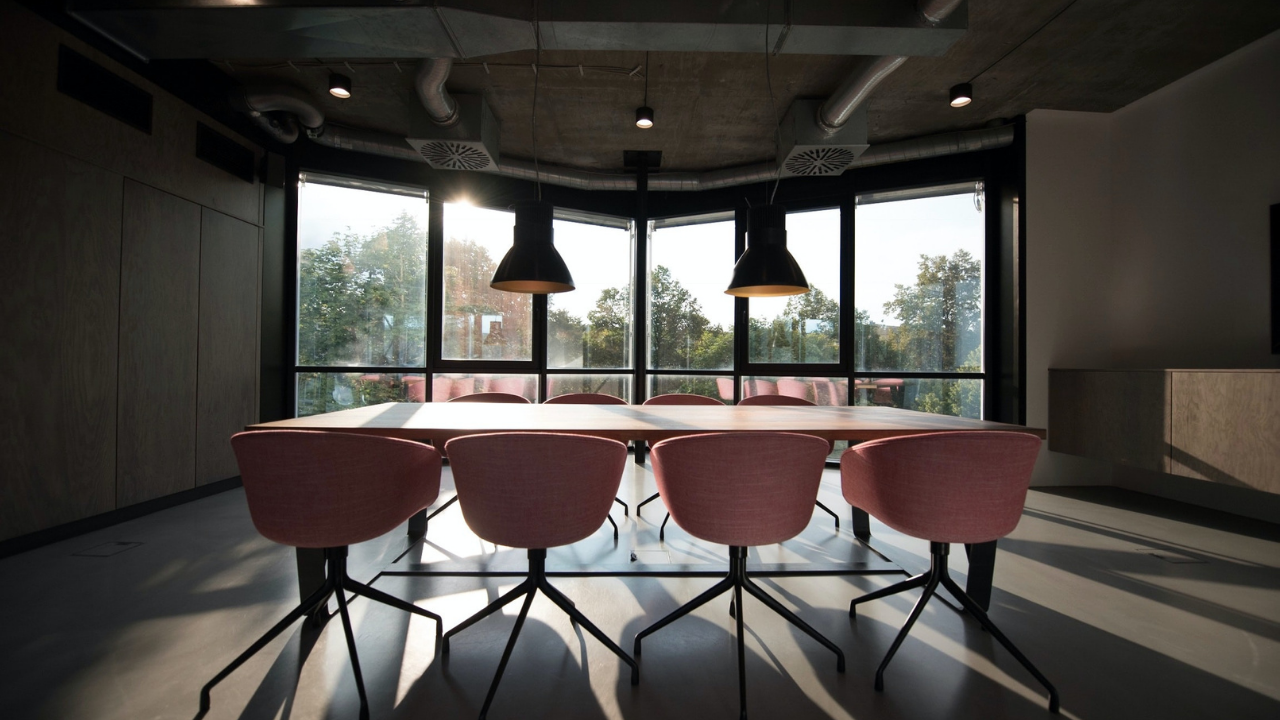Just nine months ago, attracting new talent included highly-amenitized offices with game rooms, nap pods, unlimited snacks and refreshments and more,
Now, in the age of COVID-19, workers want a better work-life balance, flexible work hours and a lower cost of living.
Traditional workspaces are now facing serious challenges as employees continue to work from home. While there are many benefits to this work arrangement, some workers have expressed increased mental health issues caused by isolation and the desire to have some in-person interactions.
That is why companies are being forced to reevaluate their workplace operations. More specifically, the idea of satellite offices has become increasingly popular as it allows employees access to a workplace that is closer to their homes. This also helps organizations de-densify their headquarters.
Even more, employees can have the option to move away from expensive cities and into more affordable areas, which can be a huge quality of life improvement.
This transition isn’t just limited to satellite offices. Some companies have chosen to move their own headquarters to more affordable cities. For instance, Zoho recently moved its headquarters from Pleasanton, California, to Austin, where the median home cost is 200 times lower.
While it may seem that society has less options now than prior to the pandemic, the flexibility and agility that companies are embracing is allowing employees to have a bigger say in how and when they work.


 Dr. Gleb Tsipursky – The Office Whisperer
Dr. Gleb Tsipursky – The Office Whisperer Nirit Cohen – WorkFutures
Nirit Cohen – WorkFutures Angela Howard – Culture Expert
Angela Howard – Culture Expert Drew Jones – Design & Innovation
Drew Jones – Design & Innovation Jonathan Price – CRE & Flex Expert
Jonathan Price – CRE & Flex Expert











